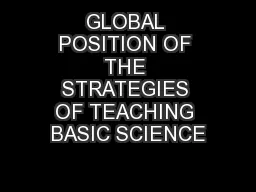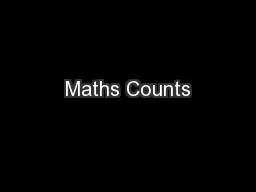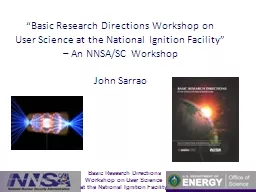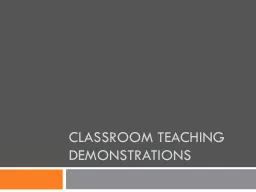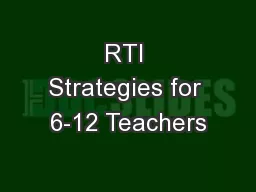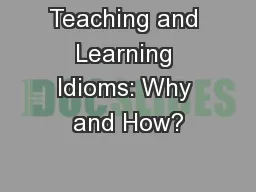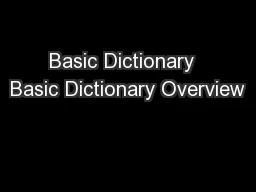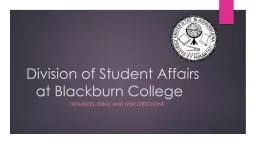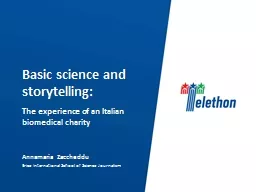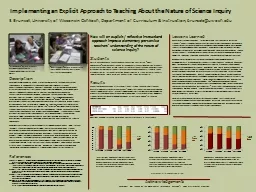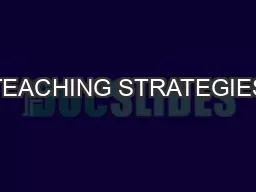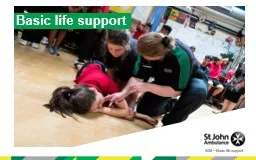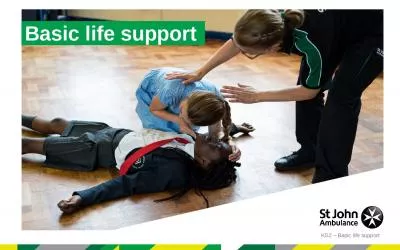PPT-GLOBAL POSITION OF THE STRATEGIES OF TEACHING BASIC SCIENCE
Author : stefany-barnette | Published Date : 2016-04-07
Sariat Adelakun University of Birmingham United Kingdom Saa075bhamacuk sariatlakungmailcom Introduction Nigeria operates 6334 educational system The first Six
Presentation Embed Code
Download Presentation
Download Presentation The PPT/PDF document "GLOBAL POSITION OF THE STRATEGIES OF TEA..." is the property of its rightful owner. Permission is granted to download and print the materials on this website for personal, non-commercial use only, and to display it on your personal computer provided you do not modify the materials and that you retain all copyright notices contained in the materials. By downloading content from our website, you accept the terms of this agreement.
GLOBAL POSITION OF THE STRATEGIES OF TEACHING BASIC SCIENCE: Transcript
Download Rules Of Document
"GLOBAL POSITION OF THE STRATEGIES OF TEACHING BASIC SCIENCE"The content belongs to its owner. You may download and print it for personal use, without modification, and keep all copyright notices. By downloading, you agree to these terms.
Related Documents

